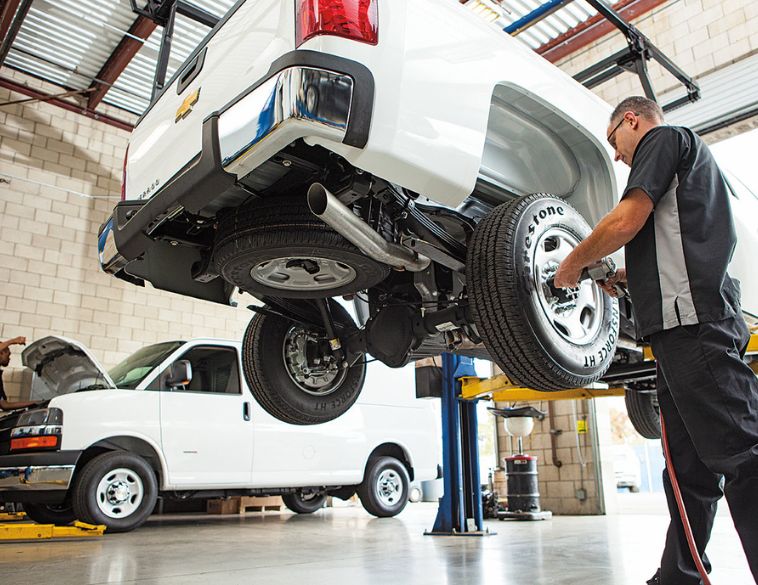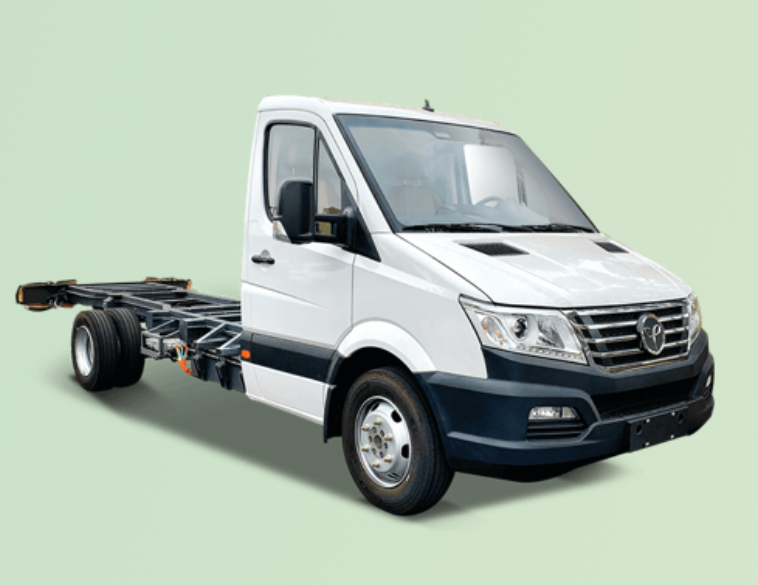Keeping up with scheduled maintenance, and addressing repairs before they get out of hand can have a huge impact on fuel consumption.
Fuel economy has always been a key concern for fleet professionals, and that concern has grown in recent years as gasoline and diesel prices climbed to new record highs.
What makes the situation especially challenging now is the fact that fleet managers can’t simply downsize or rightsize their vehicles, since new vehicles are hard to come by. As a result, fleets are holding on to their vehicles longer than expected, and they’re forced to limit fuel costs by going back to the basics and investing in maintenance.
“From a maintenance perspective, the best way to optimize your vehicles’ fuel economy is to ensure you adhere to the recommended preventive maintenance schedule,” explains Shawn Morris, Vice President, Canadian Operations, Holman.
In addition to basics, like oil changes and tire rotations, Morris points out that regularly-scheduled services, including filter and fluid replacements (as needed), must be done on time in order to ensure that vehicles remain in peak operating condition to maximize fuel efficiency.
“You’ll also want to make sure your tires remain properly inflated between PM services,” Morris adds. “Beyond these maintenance best practices, you’ll also want to minimize idle times and monitor driving behaviour to correct habits that drain fuel economy—rapid acceleration, speeding, etc.”
According to the U.S. Department of Energy, paying attention to “the basics” can make a huge difference. In fact, the organization published the following information for the benefit of consumers and fleets alike:
- Use the grade of motor oil your car’s manufacturer recommends. Using a different grade of motor oil can lower your gas mileage by 1%-2%.
- Inflate your tires to the recommended pressure listed in your owner’s manual, on a sticker in the glove box or on a sticker in driver’s side door jamb. This number may differ from the maximum pressure listed on your tire’s sidewall.
- Get regular maintenance checks to avoid fuel economy problems due to worn spark plugs, dragging brakes, sagging belts, low transmission fluid, or transmission problems. Fixing a serious maintenance problem, such as a faulty oxygen sensor, can improve mileage by as much as 40%.
That last point is almost hard to believe. Imagine a 40% improvement in fuel economy! Clearly, it pays to stay on top of maintenance issues and to address serious maintenance problems in a timely fashion, before they start costing your fleet at the pumps.
Manage idling
Another key issue is idling. The U.S. Department of Energy recommends that drivers turn off their engines when a vehicle is parked for more than 10 seconds because idling can use a quarter to a half gallon of fuel per hour, which translates to roughly one to two litres per hour.
Guillaume Poudrier, President of Geothentic says that most fleet vehicles typically idle between 30-50% of the time, according to data his company has collected with the help of telematics. “So if you can reduce the idle time, not only will you save a lot of money on fuel, but you’ll also reduce greenhouse gas emissions,” he says. “In addition, you’ll also reduce your maintenance costs.”
Poudrier explains that less idling translates into lower engine hours, “and if you have fewer engine hours, you can extend your maintenance schedules, keep your vehicles for a longer period of time, as well as improve resale value.”
Case study
In 2022, Poudrier says that his company conducted a case study with one of its customers. They installed telematics systems in 400 of the customer’s vehicles, mostly pick-up trucks, and they tracked a variety of data points. In addition, the telematics system, he says, would automatically shut down the engine if it was determined that the truck was idling too long.
“That specific customer,” Poudrier says, “saved $1,433 per vehicle on fuel, per year and we reduced the greenhouse gas emissions by three tonnes per unit, per year.”
Moreover, by leveraging the power of telematics, Poudrier says his customer was able to reduce engine idle hours dramatically, which cut fuel costs overall. “We reduced the number of engine hours by close to 100,000 hours, which is like running a vehicle at idle non-stop for 11 years straight,” he adds.
No one knows whether fuel prices will continue to rise, or whether we’ll see them come down in the near future. We also don’t know how quickly manufacturers will be able to fill the pipeline with new and more fuel-efficient vehicles, including hybrids and EVs. In the meantime, it’s back to basics as fleet managers monitor driver behaviour and keep up with vehicle maintenance in order to better manage fuel consumption overall.



